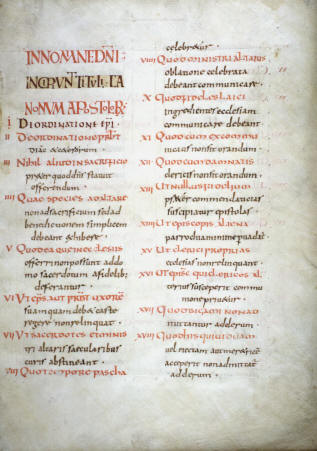Iudex, Iudicium, clerus, connubia, crimen (Judge, Courts, Clergy, Marriage, Criminal Law)
and arranged according the subject matter. This format became standard for the codification of decretals until 1917.
The papal curia
heard thousands of cases each years by the end of the twelfth century.
Pope Alexander III (1159-1181) was a key figure in this development.
During his pontificate
decretal legislation
became the most important source for living law
in the Ius commune. These decretals
 contained reports of appellate
cases that dealt with all the issues important for
Christian society. Cases were appealed to Rome from all
corners of Christendom: From Durham in England
to Palermo
in Sicily. From Salamanca in Spain to
Prague in Bohemia, Gran in Hungary and Cracow in
Poland.
contained reports of appellate
cases that dealt with all the issues important for
Christian society. Cases were appealed to Rome from all
corners of Christendom: From Durham in England
to Palermo
in Sicily. From Salamanca in Spain to
Prague in Bohemia, Gran in Hungary and Cracow in
Poland.
As Walter Ullmann put it: "Decretals dealt with matrimonial matters, feudal, electoral, judicial, legatine, penal, disciplinary subjects, in addition to issues concerning collegiate ecclesiastical bodies, the rights of cathedral chapters and the disposal of goods during a vacancy, oaths, clerical duties, appointment of officials, details of tithes, rents and dues, prebends, immunities, extensive and restrictive interpretation of the law, constitutional problems, appellate jurisdiction." (A Short History of the Papacy in the Middle Ages (London 1972) 199–200).